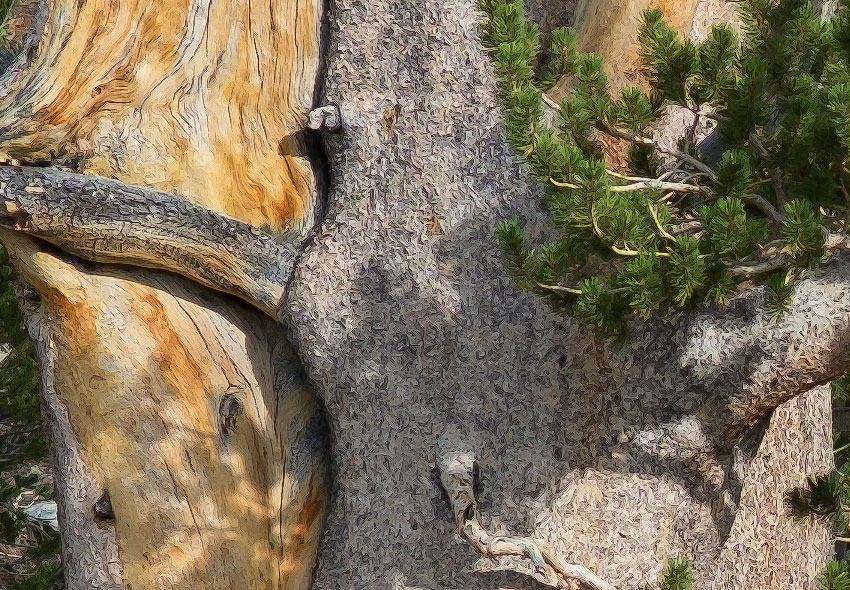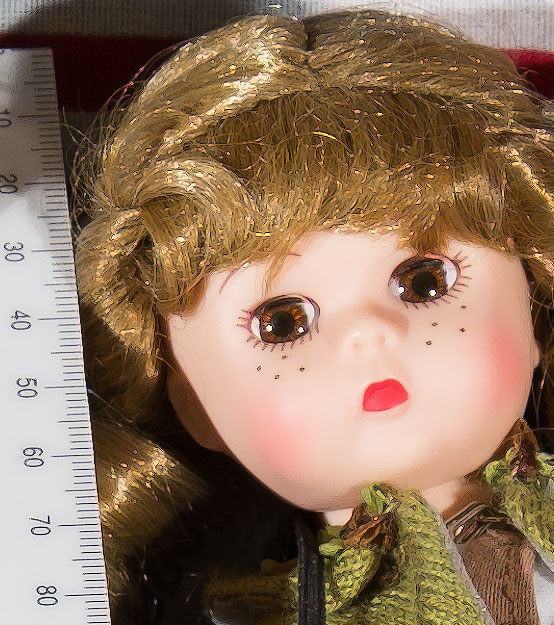Fujifilm X-E1 (and X-Pro1) Artifacting Issue — Reader Comments
This issue is covered in my review of the Fujifilm X-E1 and review of the Fujifilm X-Pro1.
Both reviews have examples of hideously awful artifacting. Which in my view makes them acceptable only for a 1/2 resolution downsampled version (e.g. 4 megapixels from 16).
Sample crops are shown in my Dec 6 blog entry Fujifilm X-E1 Has the Same Fractal-Like Artifacts as the X-Pro1.
I first reported the issue way back when I reviewed the X-Pro1 in late May, but the ponderous mass inertia of a logical fallacy means that hardly anyone noticed. Absence of a problem in most images does not prove the problem is absent.
Reader comments follow below, after these two examples.


Reader comments
Howard D writes:
I have since re edited previous " fabric" files and looked for this moire issue . Unfortunately your findings are absolutely correct. The issue is random as well. Pictures taken in the same series are free of the artifacts. Angles changed during the photos so that could account for the presence of the moire . The pictures were processed in Lightroom 4.2 . Direct flash was used in all cases that the moire appeared.
Photos of the same subject at a different time using bounce flash do not have the issue. It is ironic that Fuji designed a sensor to eliminate moire only to produce the worst that I have ever encountered.
I am torn as what to do with the camera as I can return it if it is within two weeks of the initial purchase date. This is the only con to the camera (albeit a large one) for me . The pleasure of using it, and as most the remaining photographs are technically wonderful, will make for a difficult decision. Have you discussed your findings with Fujifilm and have they made any comments as yet?
DIGLLOYD: I call it an artifacting issue, not moiré; it different than moiré, and more destructive to image detail, by far.
The artifacting when it occurs is an order of magnitude worse than moiré. Indeed the artifacting appears at random, and I have not been able to determine which circumstances provokes it (lighting, focus, contrast, aperture all have yielded no leads). I have no explanation at present. It’s possible that there is some firmware algorithmic bug triggered by something, this cannot be ruled out.
I now have a contact at Fuji and I offer my help to them, though many camera companies do not in my experience welcome any help, seemingly they lose face by admitting to the issue. We shall see. My other gripe is providing images and then hearing only radio silence thereafter, one German and one Japanese company have stonewalled me this way in the past two years.
Alex R writes:
Earlier in the year I borrowed what I was told was late pre production X Pro from Fujifilm and tested it for a weekend on holiday. Whilst I was amazed looking at magnified images on the camera's screen when I later tried the files in Lightroom I was appalled, particularly with organic textures.
I'm truly hoping that this is resolvable at some stage because as you said otherwise the image quality is incredible. It seems since Fujifilm's X series was launched there's been image quality issues with every camera that has used their proprietary sensors. Worse yet, next year the X100 replacement will also be featuring this sensor too.
So so far Fujifilm has managed to only give us one out of six X series cameras that doesn't process poorly in Lightroom/ACR. It's a little embarrassing when Sony has a great APS-C mirrorless system right now and even Samsung can deliver one that plays nicely with Adobe. Lets hope we see some change soon—I know Fuji is promising this but I'll wait and see.
DIGLLOYD: A product is the total package. Having a newfangled sensor in a camera is 1/2 of the product, the other half being high quality RAW conversion support required for the innovative sensor design. Hence the product has been shipped unfinished.
I agree that the sensor is otherwise gorgeous. And at reduced size, the artifacts are downsampled away. And in JPEG and SilkyPix, partially blurred away. And not always an issue, but an awful issue with textures and fabrics. For the example image crops above, it’s an 8-megapixel result from a 16-megapixel sensor when the weird results are (mostly) eliminated by downsampling.
Edward S writes:
Names removed here.
I have the X-Pro1 and have noted the artifacts you document. So have __ and the developer of a demosaicing program whose careful blog is at Chromasoft.
In my case, I have seen this on skin, stone, vegetation, and very smooth surfaces which appear stippled. These two worked together and found that it was possible to remove the stippling on smooth surfaces, and that the noise characteristics of the sensor are indeed very good, but in their testing LR4 renders the skin of a pepper with enough stippling that it looked like a lemon.
I am sad that Adobe has not improved its rendering of the files as sometimes they are very sharp indeed, but as soon as one applies sharpening the problems begin to appear.
To summarize, as much as I like the files, I would recommend the X100 before the X-Pro1 until there is adequate software to demosaic the files with sharpness. Silkypix is simply not a reasonable alternative to the sophisticated control over raw development available in LR4.
DIGLLOYD: I completely agree that on a gross level the files are superlative (color rendition and noise and dynamic range). If this fine detail issue can be licked by a RAW converter, then the Fuji X-E1 and X-Pro1 would become cameras I would recommend heartily.
Jack F writes:
Finally got it. The artifacts are in every file, but masked. The same pattern on the snow as in the trunk of your trees.
Here is the example of JPG without and with exaggerated sharpening to better see the problem.
DIGLLOYD: exactly the effect, and an insurmountable problem for some images.
Raed A:
Just wanted to confirm your findings of artifacts with X-sensor, in particular with the X100s. At the time I had not read your observations or heard about this issue at all, and I almost thought it was a Lightroom issue.
I'd encountered it with grass images in 100% view, which was 'waxy' and lacking in detail. At that point I'd already observed several serious faults with the X100s, but once I discovered the image quality issue I couldn't live with this camera anymore and I had to sell it. There are several serious issues with this camera yet very few people are noticing or describing them in the blogosphere, it's shocking.
DIGLLOYD: Sometimes the issue is cognitive commitments that follow spending of money: from this follow all sorts of rationalizations. Because I review so much gear and so often, my varied experience doesn’t allow me to indulge in either the spending or its non-objective push.



























